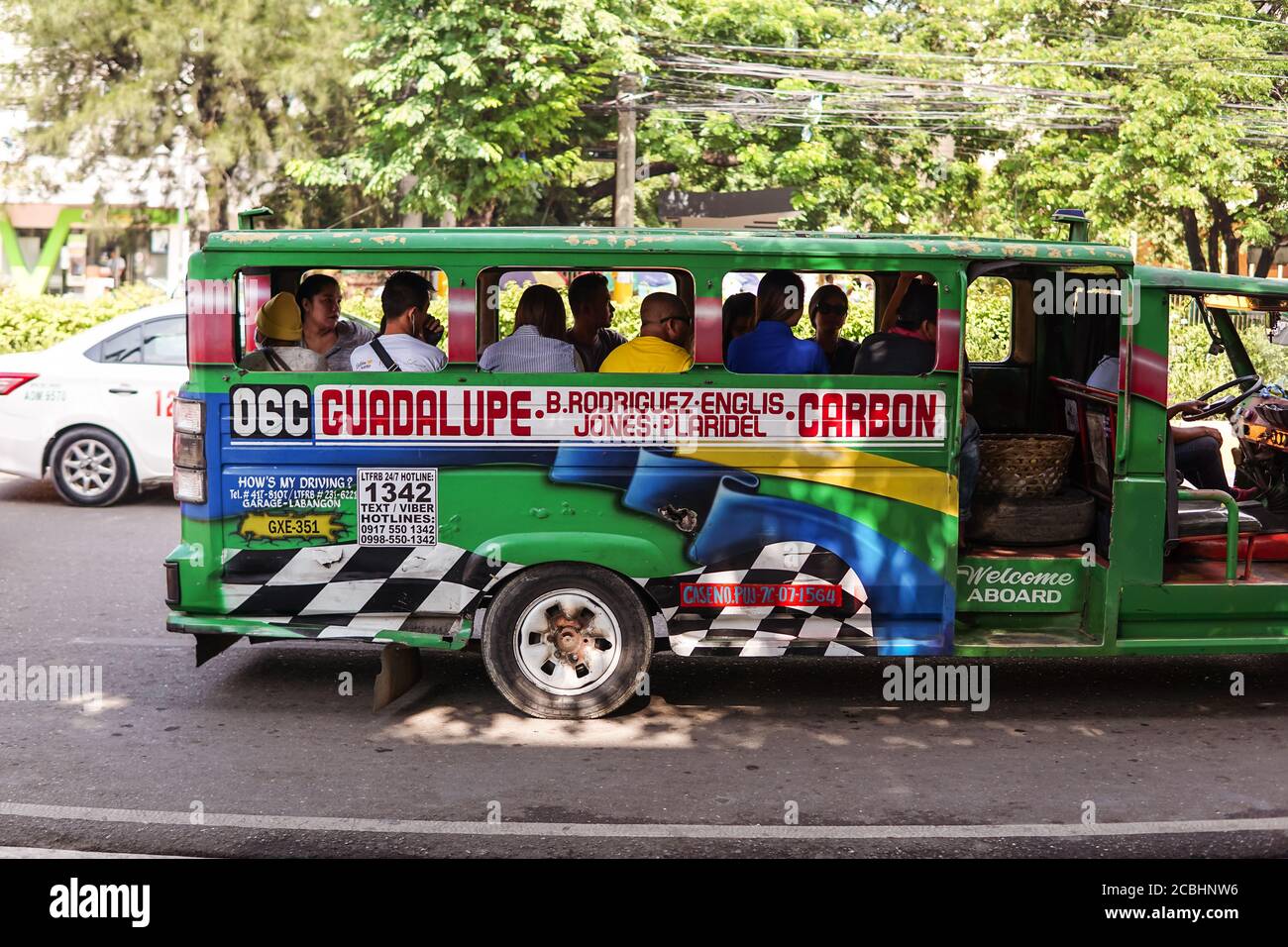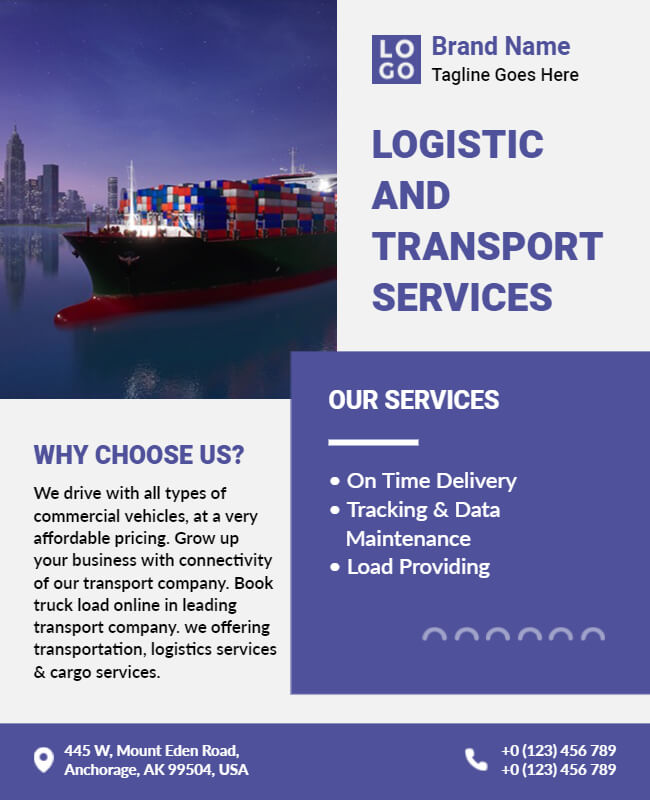Increase Brand Name Reach with Transit Advertising Philippines
Increase Brand Name Reach with Transit Advertising Philippines
Blog Article
Just How Transportation Advertising And Marketing Can Change Public Transport Spaces Into Dynamic Marketing Operatings Systems
Transportation advertising and marketing holds significant possibility to redefine public transport spaces right into vivid marketing platforms that educate and involve. As we discover the diverse benefits and developing methods of transit marketing, it raises the concern of how this improvement could redefine our interactions with both brand names and the metropolitan setting.
Benefits of Transit Advertising

Furthermore, transit marketing is extremely affordable compared to traditional media. It permits marketers to attain high impacts at reduced costs, maximizing roi. The restricted audience of travelers supplies a chance for brands to communicate their messages to individuals that are usually responsive during their travel times.
Furthermore, the vibrant nature of transit advertising allows campaigns to be updated frequently, making sure that messaging continues to be prompt and relevant. This adaptability can be essential in responding to market trends or advertising events, keeping the brand top-of-mind for consumers. Last but not least, the pervasive visibility of transit marketing adds to brand name recall; repeated exposure within acquainted travel contexts reinforces brand name awareness and fosters consumer loyalty, inevitably boosting and driving sales brand online reputation.
Kinds of Transportation Marketing
Public transport systems provide various layouts for advertising and marketing, each dealing with various marketing techniques and target market engagement methods. One popular type is external bus and train covers, which cover the entire lorry and create a mobile billboard impact, enabling high visibility in metropolitan settings. These covers can catch focus as they pass through hectic roads, reaching a varied audience.
One more prominent style is interior advertising, which includes posters, electronic displays, and ads on transit seats. These positionings engage passengers throughout their trip, reinforcing brand messaging in a constrained area. Digital shows, particularly, offer the benefit of vibrant material, making it possible for marketers to upgrade messages in real-time.
Station marketing is also substantial, featuring posters, banners, and interactive booths within transportation terminals. These advertisements take advantage of foot website traffic and can target specific demographics based upon location.
Finally, promotional partnerships with transit authorities can cause one-of-a-kind campaigns, such as themed transportation experiences or occasions, improving the overall involvement with commuters. Each kind of transportation marketing uses distinct advantages, allowing brand names to tailor their approach to effectively reach their target audience within the general public transportation ecosystem.
Engaging Commuters Properly
Travelers are progressively inundated with advertising messages during their day-to-day journeys, making it essential for brands to engage them in innovative methods. To catch focus in this congested area, marketers need to prioritize imagination and relevance. Using attractive visuals and succinct messaging can significantly boost the possibility of engagement.
Interactive wikipedia reference components, such as QR codes or enhanced truth attributes, can also change static ads into immersive experiences, cultivating a deeper connection with the audience. Brand names ought to concentrate on dealing with travelers' demands and rate of interests, tailoring messages to resonate with their way of life, whether with promotions for local organizations or services designed to enhance their travelling experience.
In addition, timing plays a crucial function; strategically positioning ads during optimal travelling hours can maximize presence and impact. Involving commuters effectively also involves leveraging social networks assimilation, permitting passengers to share their promotions or experiences straight from transportation systems, thereby magnifying brand reach.
Essentially, reliable involvement rests on recognizing the commuter journey and creating compelling, interactive, and pertinent marketing experiences that not only catch focus yet additionally drive action and loyalty. By doing so, brands can change public transportation into a dynamic advertising platform that resonates with its target market.

Measuring Advertising And Marketing Effect
How can brand names accurately evaluate the efficiency of their ad campaign en route settings? Determining the effect of transportation advertising and marketing calls for a diverse method that integrates measurable and qualitative metrics. One common method is tracking engagement through mobile analytics, where brand names can examine foot website traffic patterns and app interactions previously, during, and after campaigns.
Surveys can provide important understandings right into brand name recall and customer sentiment, enabling brand names to evaluate just how well their messages resonate with travelers. In addition, checking social media sites interaction pertaining to specific projects can reveal shifts in public understanding and brand conversation.

Additionally, teaming up with transit agencies can enhance measurement accuracy, as they frequently possess comprehensive market data on ridership fads. By integrating these methods, brand names can establish an extensive understanding of their advertising effectiveness, making certain that their projects not just get to yet additionally influence their target audiences effectively.
Future Patterns in Transit Advertising And Marketing
A significant shift is expected in transit marketing as technological innovations and transforming consumer actions reshape the landscape. Transit Advertising Philippines. The assimilation of electronic screens and multimedias is anticipated to improve interaction, allowing brand names try this site to supply vibrant web content that resonates with diverse target markets. As mass transit systems welcome smart technology, marketers will certainly take advantage of real-time data analytics to customize messages based upon guest demographics and behaviors
Additionally, boosted reality (AR) is positioned to revolutionize the way travelers connect with promotions. By giving immersive experiences, AR can change an ordinary journey right into an interesting narrative that catches focus and cultivates brand name loyalty. This development will likely motivate advertisers to produce more experiential campaigns that drive consumer interaction.
Sustainability is another essential trend influencing transportation advertising and marketing. As ecological awareness expands, brands will progressively look for to align with environmentally friendly techniques, making use of lasting materials and advertising environment-friendly campaigns within their campaigns.
Final Thought
To conclude, transit advertising and marketing offers substantial benefits by boosting brand exposure and involving a restricted target market. Via numerous styles, such as outside covers and digital screens, it changes public transport into a lively advertising platform. Effective interaction methods and robust measurement techniques better enhance its influence. As patterns evolve, the capacity for innovative communications in between brands and travelers is poised to grow, guaranteeing that transit marketing continues to be an essential part of contemporary marketing approaches.
Transportation advertising holds substantial capacity to redefine public transport spaces into lively advertising platforms that educate and involve. The prevalent existence of transit advertising and marketing adds to brand recall; duplicated direct exposure within acquainted traveling contexts enhances brand awareness and fosters consumer commitment, eventually improving and driving sales brand name reputation.
Exactly how can brands precisely assess the performance of their marketing projects in transit atmospheres?In verdict, transportation advertising offers considerable advantages by improving brand exposure and involving a captive target market. Transit Advertising Philippines. As fads advance, the potential for innovative interactions in between brands and travelers is positioned to grow, making certain that transportation advertising visit this web-site stays a vital part of modern advertising and marketing strategies
Report this page